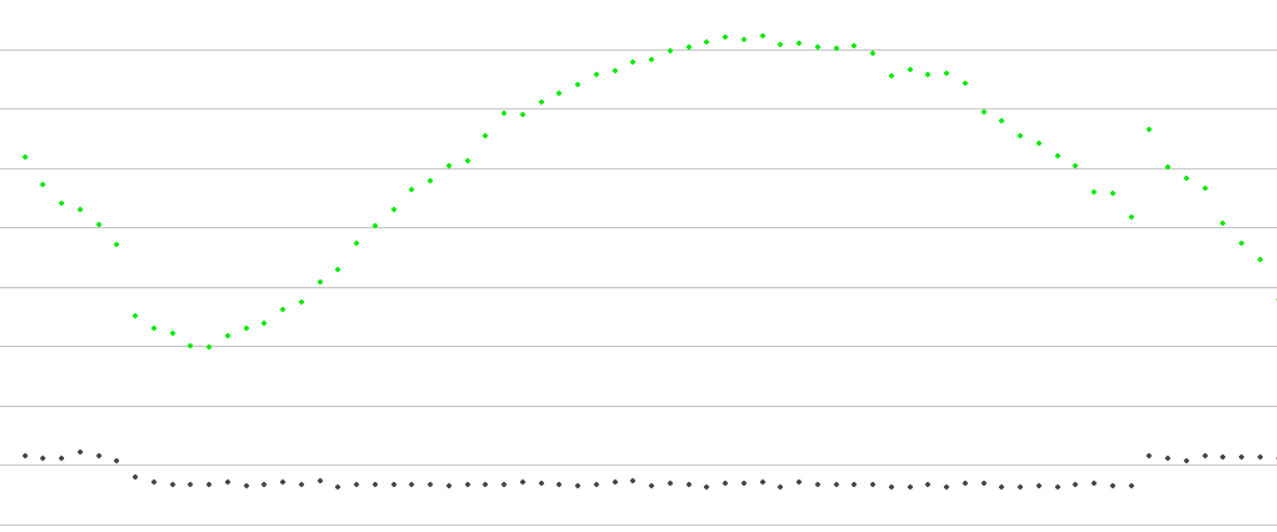Hello Karen,
Is there a way to eliminate or mark a particular outlier pixel?
In the following example, the outlier pixel was not eliminated by image calibration.
It was about 5000ADU, compared to 800-900ADU for the star pixels, which degrades the measurements.
The mount's tracking is sometimes not perfect throughout the night, causing a slow drift, and the star pixel appears to pass completely through the star image.
I was able to add a constant to modify the lightcurve in a spreadsheet anyway.
Any advice/suggestion is welcome.
Clear skies,
Christophe

